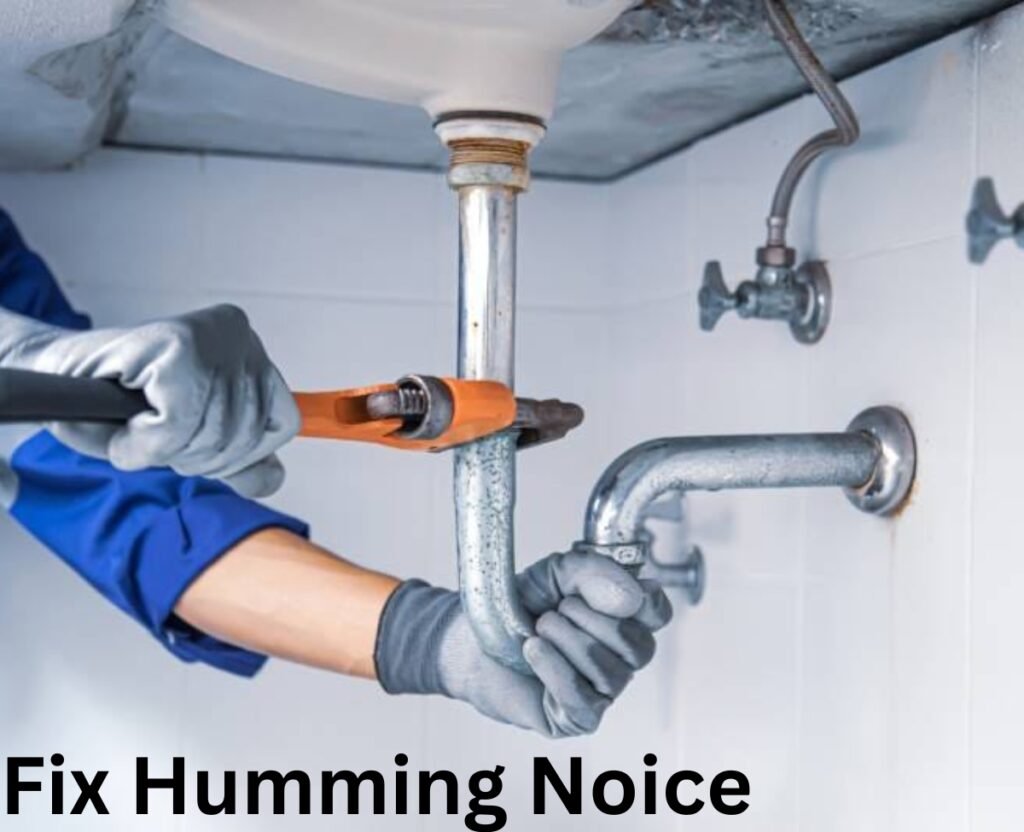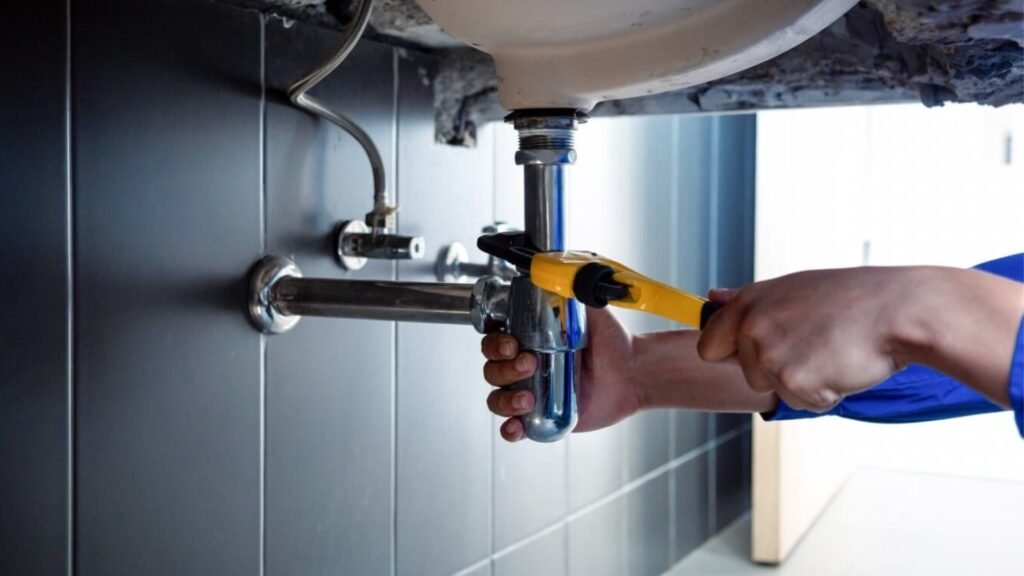Persistent humming noises from water pipes can be disruptive and concerning. While the sound may vary in volume or intensity, it always points to a deeper issue within the plumbing system. Identifying the root cause early can prevent costly repairs later. This guide explores the main reasons for humming pipes, how to fix them, and steps to prevent the problem in the future.
Water Pipes Humming can disrupt a peaceful home. This noise happens when water flow creates vibrations in the plumbing system. It often signals problems like high pressure, faulty valves, or loose pipes. Understanding why it happens helps prevent damage and ensures a calm, functional household. Experts and past studies highlight key causes, including imbalanced water pressure and wear on plumbing components. Research points out the impact of trapped air and poorly secured pipes as additional triggers. These insights stress the importance of regular maintenance and quick fixes to avoid larger, costlier issues.
Learning to handle these problems not only solves the noise but also protects your plumbing long-term. Dive deeper into causes, solutions, and prevention tips to enjoy quieter, stress-free days. Your pipes—and your peace—deserve it.
Understanding Humming Pipes
Humming noises occur when water flow disrupts the stability of the plumbing system. This vibration amplifies as it travels through the pipes, creating a humming or vibrating sound. Most causes link back to pressure, fixtures, or parts of the system that need repair or adjustment.
Why Does It Matter?
Left unaddressed, humming may:
- Increase wear and tear on pipes
- Shorten the lifespan of plumbing components
- Lead to leaks or bursts from pressure buildup
Acting quickly ensures a safer home and healthier plumbing.

Main Causes of Humming Pipes
High Water Pressure
Excess water pressure often causes pipes to vibrate. When pressure exceeds the norm, water forces through the pipes with increased intensity, creating vibrations.
Impact of High Pressure
- Accelerates wear on valves and joints
- Adds unnecessary stress to water fixtures
- Causes humming during water usage
How to Identify High Pressure
Use a water pressure gauge to check levels at the main water supply. If readings exceed recommended levels, pressure may be the culprit.
Faulty or Loose Valves
Gate or stop valves control water flow in plumbing systems. When these valves loosen or malfunction, they fail to regulate water smoothly. This disruption contributes to vibrations in pipes.
Signs of Faulty Valves
- Humming or rattling when a particular faucet or fixture is on
- Noise immediately following the water shut-off
Air Trapped Inside the Pipes
Air pockets can form in pipelines after plumbing work or water supply interruptions.
Why Air Gets Trapped
- Water system repairs that involve bleeding pipes
- Interruptions in service, such as during maintenance
How to Spot Air Bubbles
Listen for humming paired with uneven water flow. These are key diagnostic clues.
Loose Pipe Mounts
Pipe mounts secure plumbing along walls or joists. Over time, the mounts may loosen, leaving pipes free to vibrate. When water flows through these unsecured pipes, it produces humming sounds.
When to Suspect Loose Mounts
- Rattling noises increase when water usage is heavy
- Visible pipe movement when running taps
Toilet Mechanism Malfunctions
Toilet tanks have internal mechanisms like flappers, fill valves, and ballcocks. If these components wear out or break, they can cause humming or vibrations throughout the plumbing system.
Signs the Issue is in the Toilet
- Humming stops when isolating the water flow to the toilet
- Noise primarily occurs after flushing
Fixing Humming Pipes
Solving the problem depends on diagnosing the specific cause. Here is a step-by-step guide:
Check and Adjust Water Pressure
Start by measuring the pressure using a gauge. If results exceed 80 PSI:
- Install or test your pressure-reducing valve (PRV).
- Replace any faulty PRV components to stabilize pressure.
- Consult a plumber for professional adjustment if needed.
Inspect and Tighten Valves
Locate any faulty or loose valves:
- Turn off water flow to the affected area.
- Check for visible wear, rust, or damage.
Bleed Air from Pipes
Clearing trapped air restores smooth water passage. To bleed your system:
- Turn off the main water valve.
- Open every faucet in the house, starting at the lowest point.
- Gradually reopen the main valve, allowing water to flow and push air out.
Secure Loose Pipes
Identify and stabilize moving pipes:
- Add pipe clamps or braces to reduce vibration.
- Use padded insulation to absorb shocks during water flow.
- Inspect mounts for corrosion and replace old hardware.
Repair or Replace Toilet Components
For humming caused by the toilet:
- Fix or replace the ballcock assembly and flapper.
- Add new washers or seals to stop leaks or reduce vibration.
Preventing Future Issues
Once repairs are complete, proactive maintenance ensures long-term success. Follow these steps to minimize future risks.
Monitor Water Pressure
Invest in a pressure gauge to periodically test for fluctuations. Set reminders to inspect pressure regulators annually.
Upgrade Plumbing Components
Replace old or corroded parts at the first signs of wear:
- Switch to newer, pressure-resistant pipes where needed.
- Add water hammer arrestors to absorb shock from rapid water shut-offs.
Schedule Routine Plumbing Inspections
Plumbers can identify and resolve small issues before they escalate. Annual checkups are particularly important for older homes.
Educate Household Members
Train your family on good water-use habits:
- Turn off valves slowly to avoid sudden pressure changes.
- Avoid overusing plumbing fixtures simultaneously.
When to Contact a Professional
Seek professional help if:
- Solutions do not resolve the humming after several attempts.
- The noise persists or worsens without an identifiable cause.
- The tools or expertise are outside your comfort zone.
Plumbers bring specialized knowledge and equipment to diagnose and fix complex issues efficiently.
Conclusion
Humming is more than an annoyance; it signals underlying issues that affect your plumbing’s health. Preventive maintenance is the simplest way to avoid future disturbances. By staying proactive, addressing problems early, and collaborating with trusted professionals, you protect your home’s value and daily comfort. Silence may be golden, but a properly functioning plumbing system is priceless.

